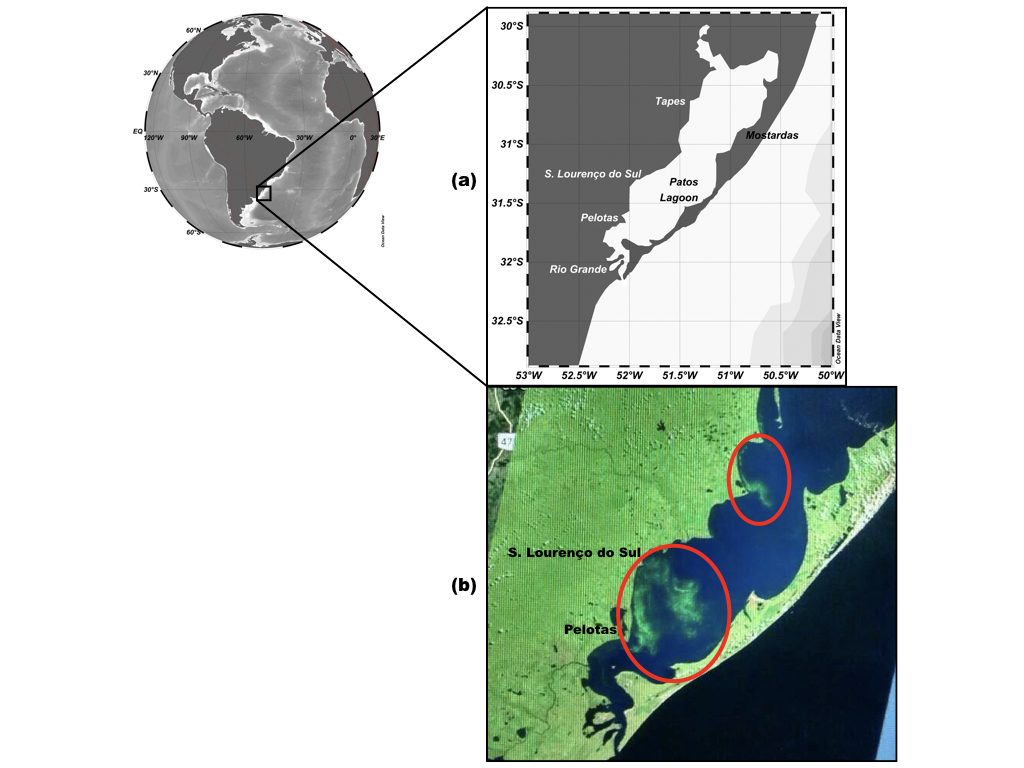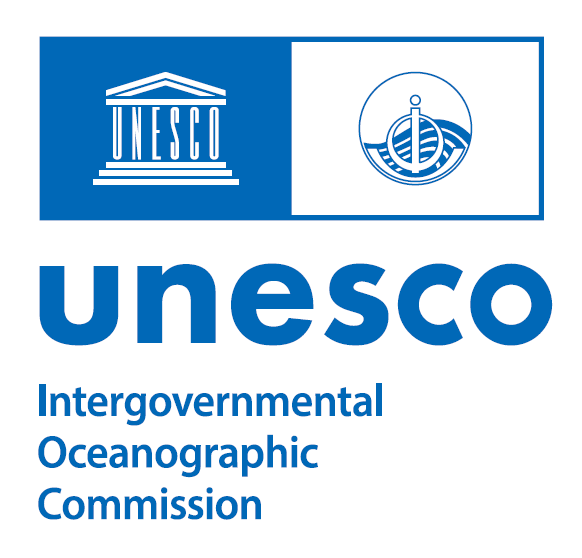PROJECT TITLE: Effects of climate changes on harmful algal and cyanobacterial blooms along the South Atlantic Ocean
Principal Investigator: Dr Márcio Silva de Souza
Address: Oceanography Institute (Federal University of Rio Grande - FURG), Italia Av., km-8, Carreiros, PO Box. 474, Rio Grande (Rio Grande do Sul), Zip Code: 96203-900
Tel/fax: +5553-32336737
E-mail: This email address is being protected from spambots. You need JavaScript enabled to view it.
Other key persons: Dr. João Sarkis Yunes*
Dr. José Henrique Muelbert, Oceanography Institute (FURG), Italia Av., km-8, Carreiros, PO Box. 474, Rio Grande (Rio Grande do Sul), Zip Code: 96203-900; +5553-32336737
Objectives: Global warming effects, including the contribution of several anthropic activities such as the burning of fossil fuels and deforestation, can affect biomes and many physical and chemical features of the oceans. These effects over the dynamics and structure of phytoplankton (including cyanobacteria) are not yet well understood. However, shifts in duration and frequency of meteorological events have been associated with the increasing in harmful algal blooms (HABs) across many coastal regions worldwide. This proposal aims at assessing direct and indirect effects of climate changes over these phytoplankton blooms in the Atlantic Ocean (between 0º35ºS), taking into account environmental database analysis combined with notifications of HABs in Brazil and, also, further lab experiments with target species that form known HABs. As far as possible, there will be compiled physical, meteorological and hydrographical information as well phytoplankton data across the study region since 1970s. With this dataset, we will evaluate the spatial and temporal environmental variability linking to bursts of HABs. Also, we intend to build predictive models of these biological events for the Brazilian coast and to carry on bioassays with certain strains of HAB obtained in some local laboratories. Temperature and nutrient concentration (nitrate, phosphate) are the variables chosen a priori to be tested. This project is being conducted at the Oceanography Institute of the Federal University of Rio Grande (Brazil) as my pos-doc fellowship research.
 Map of the study area showing (a) cities at the west margin of the Patos Lagoon system, where patches (two red ellipses) of Microcystis spp. have been notified; (b) patches of Microcystis spp. (inside of red circle) seen on 02 February 2017, retrieved from Landsat-8 Enhanced Thematic Map plus (ETM+; https://eros.usgs.gov/satellite-imagery).
Map of the study area showing (a) cities at the west margin of the Patos Lagoon system, where patches (two red ellipses) of Microcystis spp. have been notified; (b) patches of Microcystis spp. (inside of red circle) seen on 02 February 2017, retrieved from Landsat-8 Enhanced Thematic Map plus (ETM+; https://eros.usgs.gov/satellite-imagery).
Outcomes:
- de Souza et al. 2018. Environmental variability and cyanobacterial blooms in a Subtropical Coastal Lagoon: searching for a sign of climate change effects. Frontiers in Microbiology. doi: 10.3389/fmicb.2018.01727
- Costa et al. 2019. Domoic acid in the tropical South Atlantic Ocean – An environment case study. Toxicon. doi: 10.1016/j.toxicon.2019.05.009
- Werlang et al. 2020. Toxigenic phytoplankton groups and neurotoxin levels related to two contrasting environmental conditions at the coastal area of Rio de Janeiro (west of South Atlantic). Toxicon. doi: 10.1016/j.toxicon.2020.06.016


